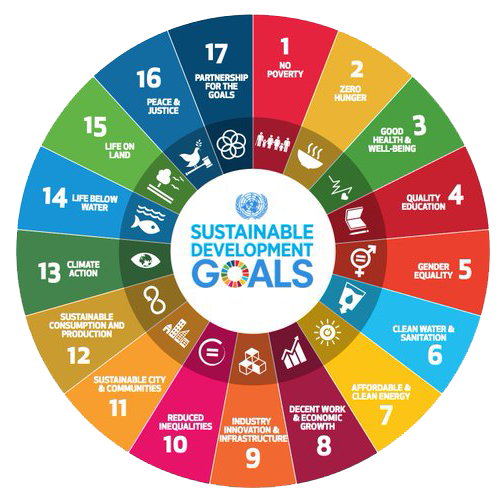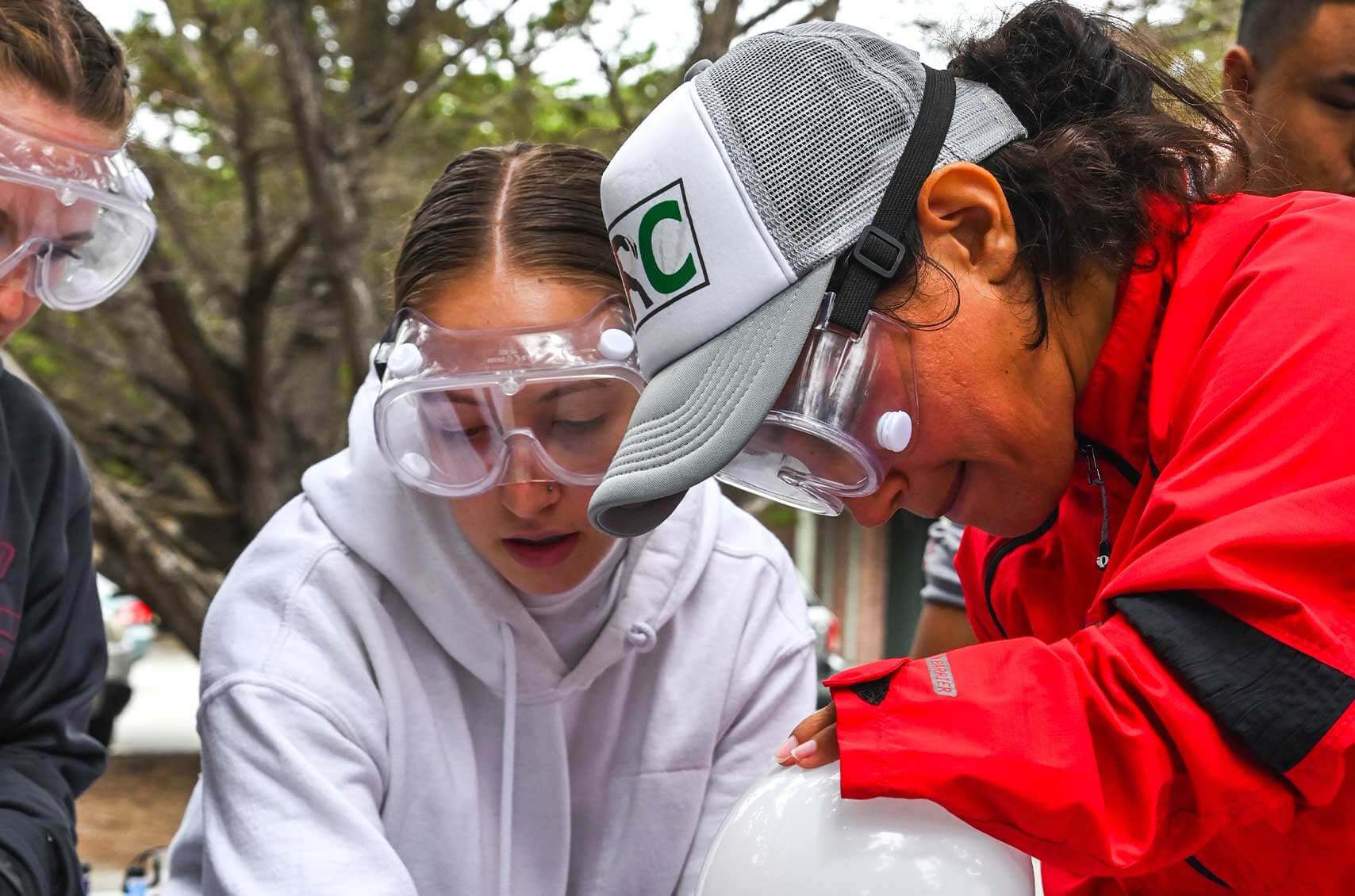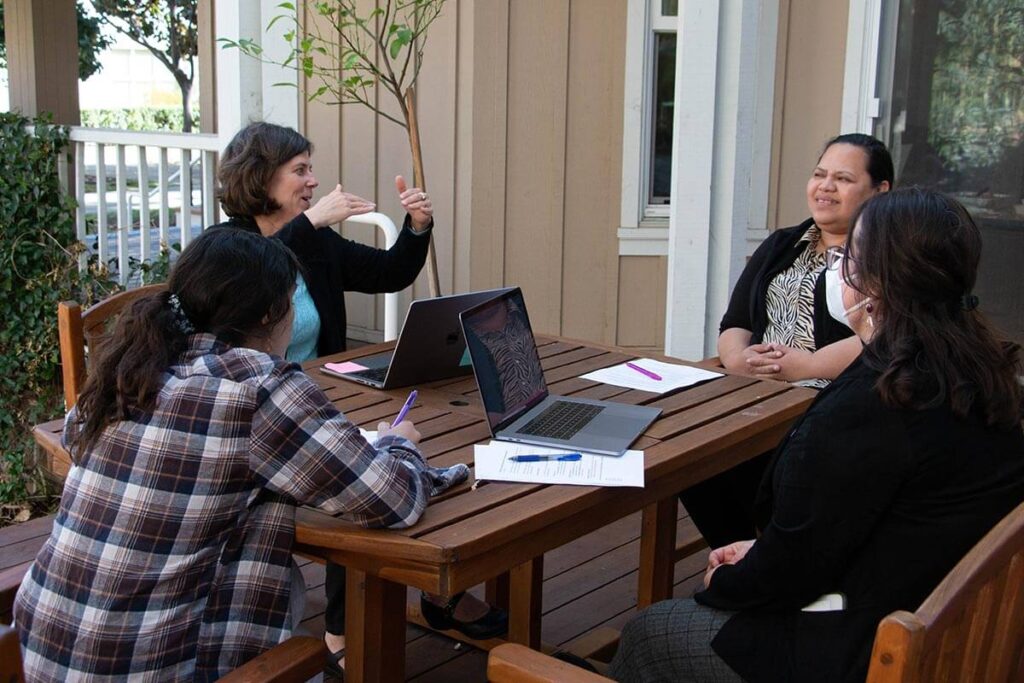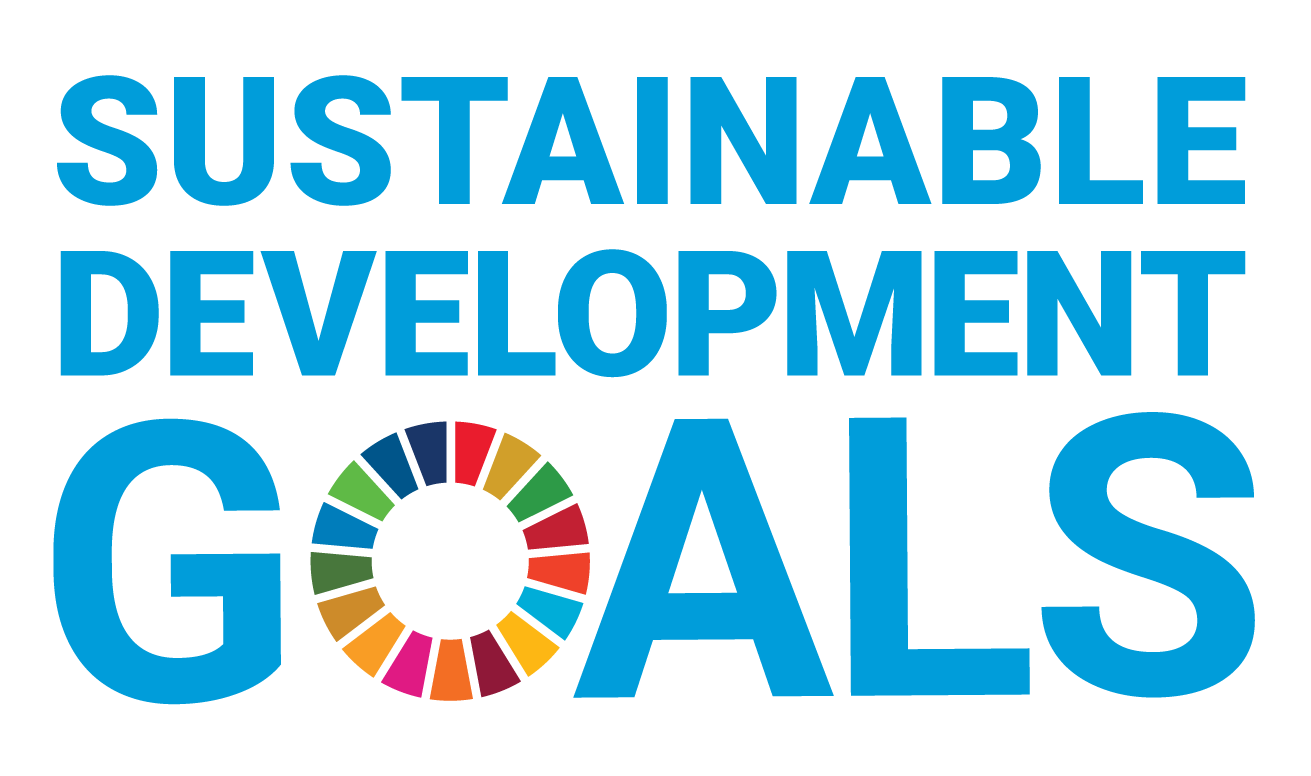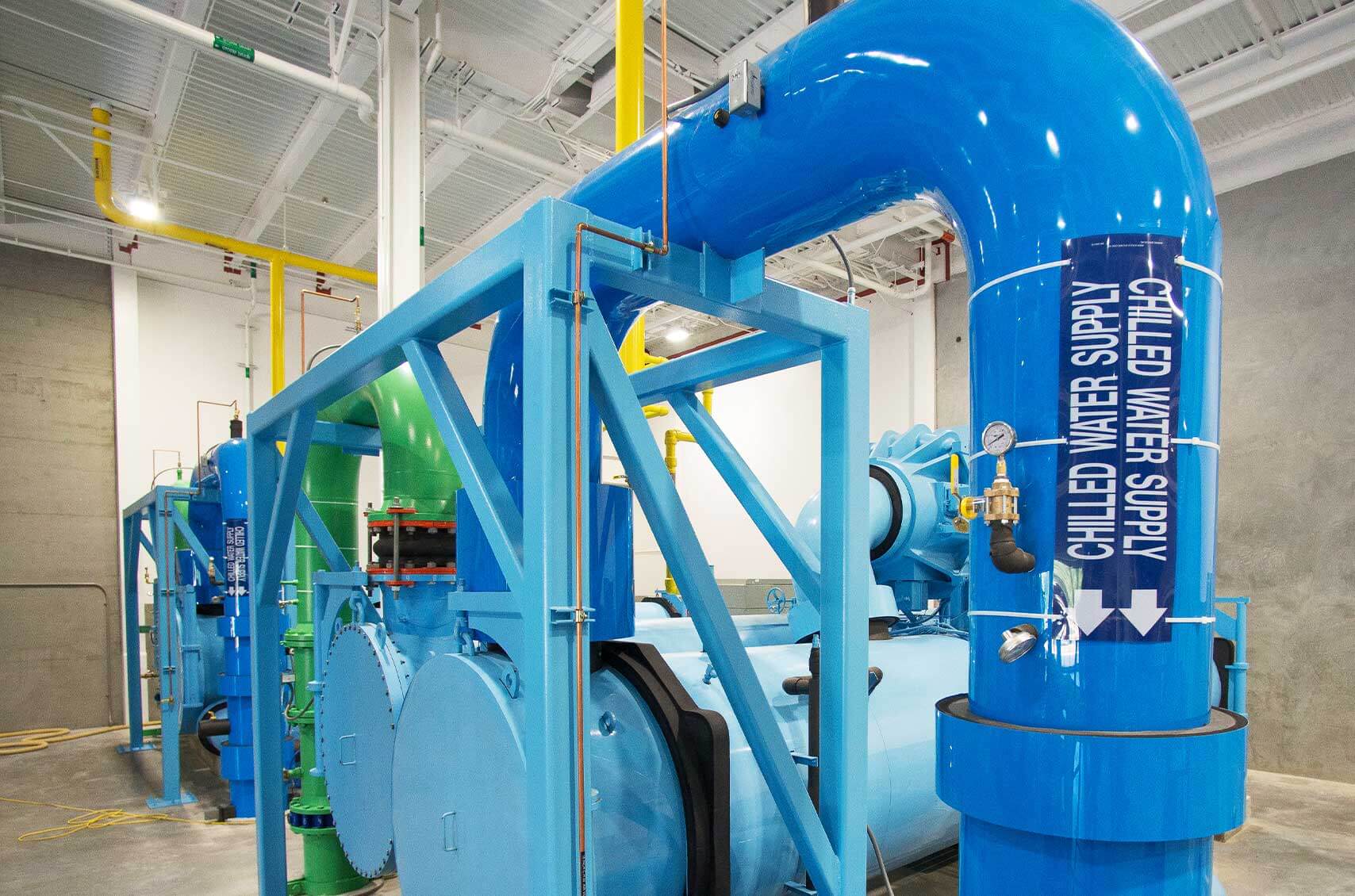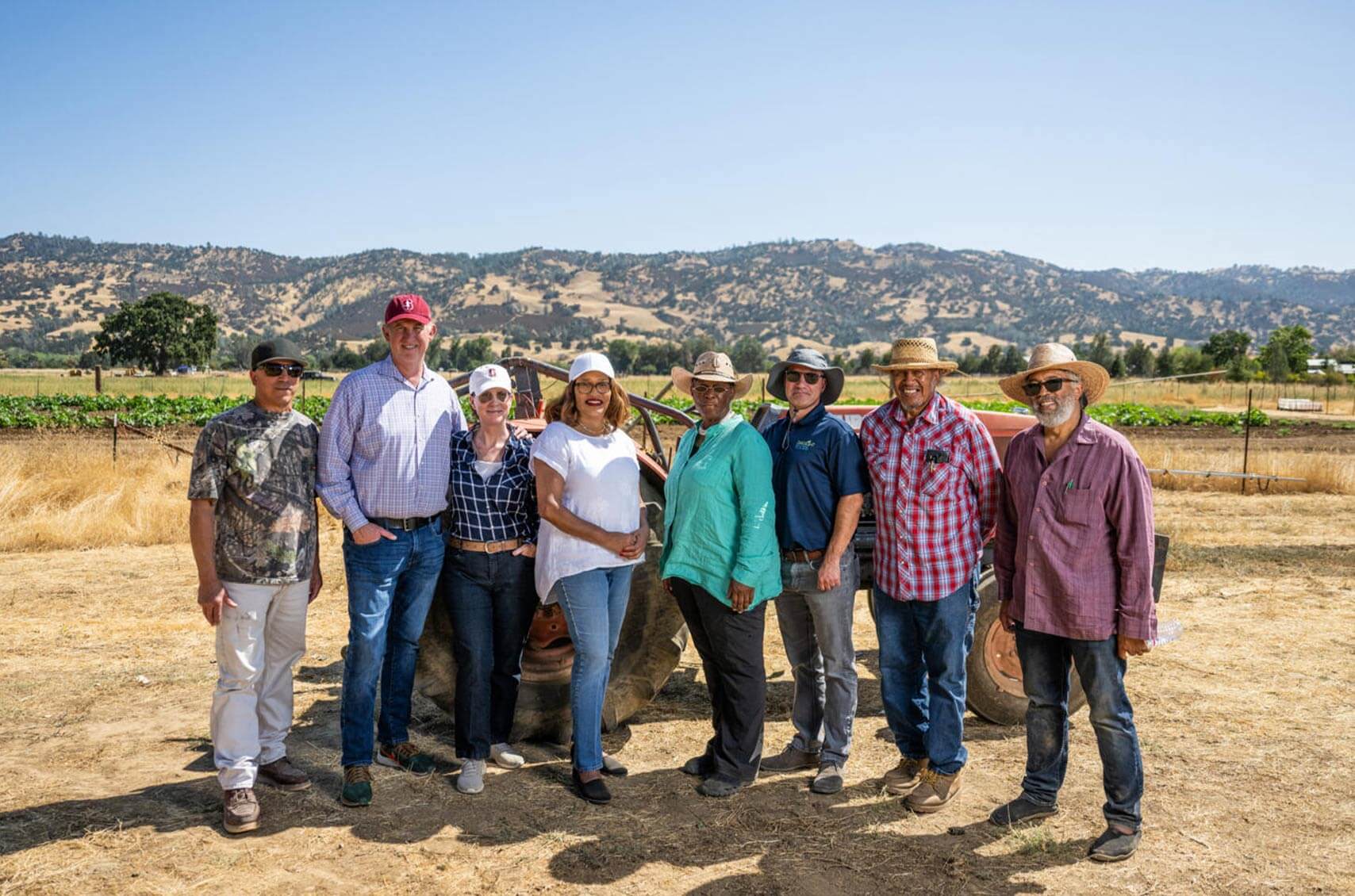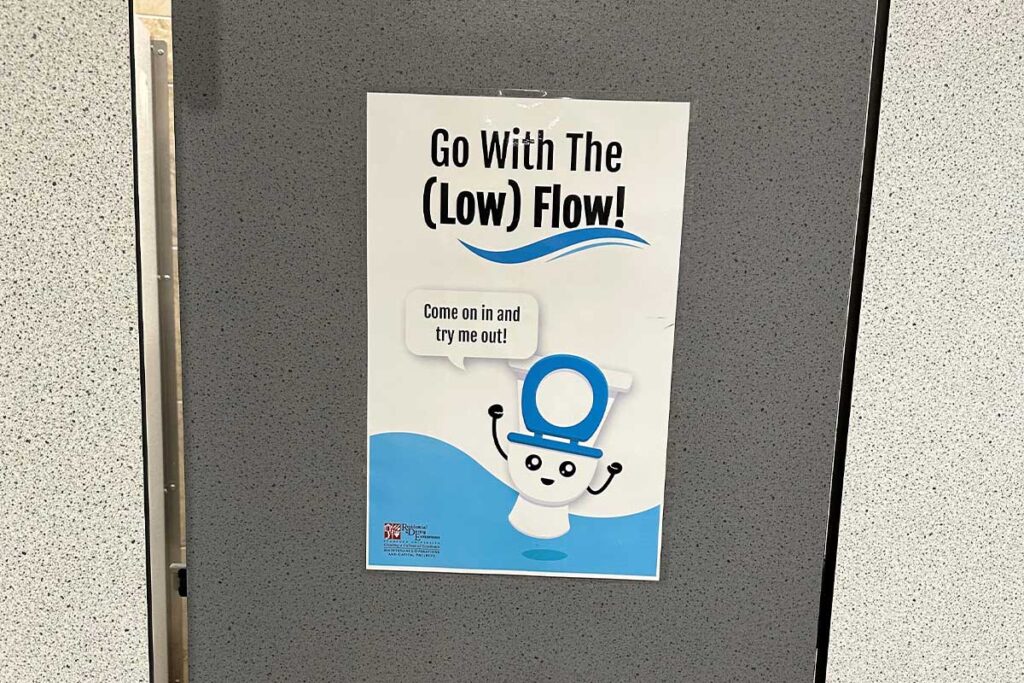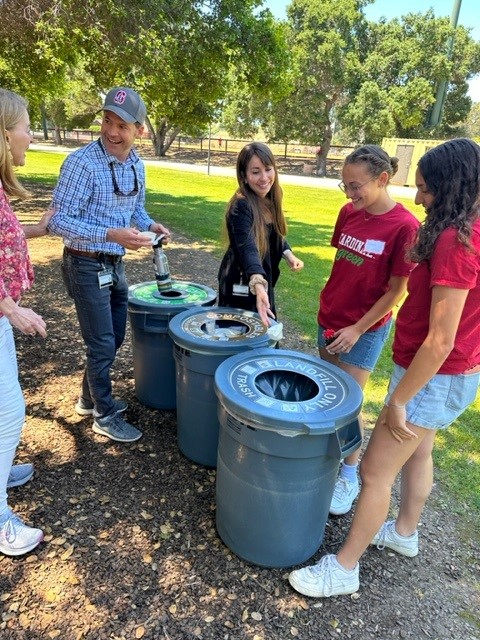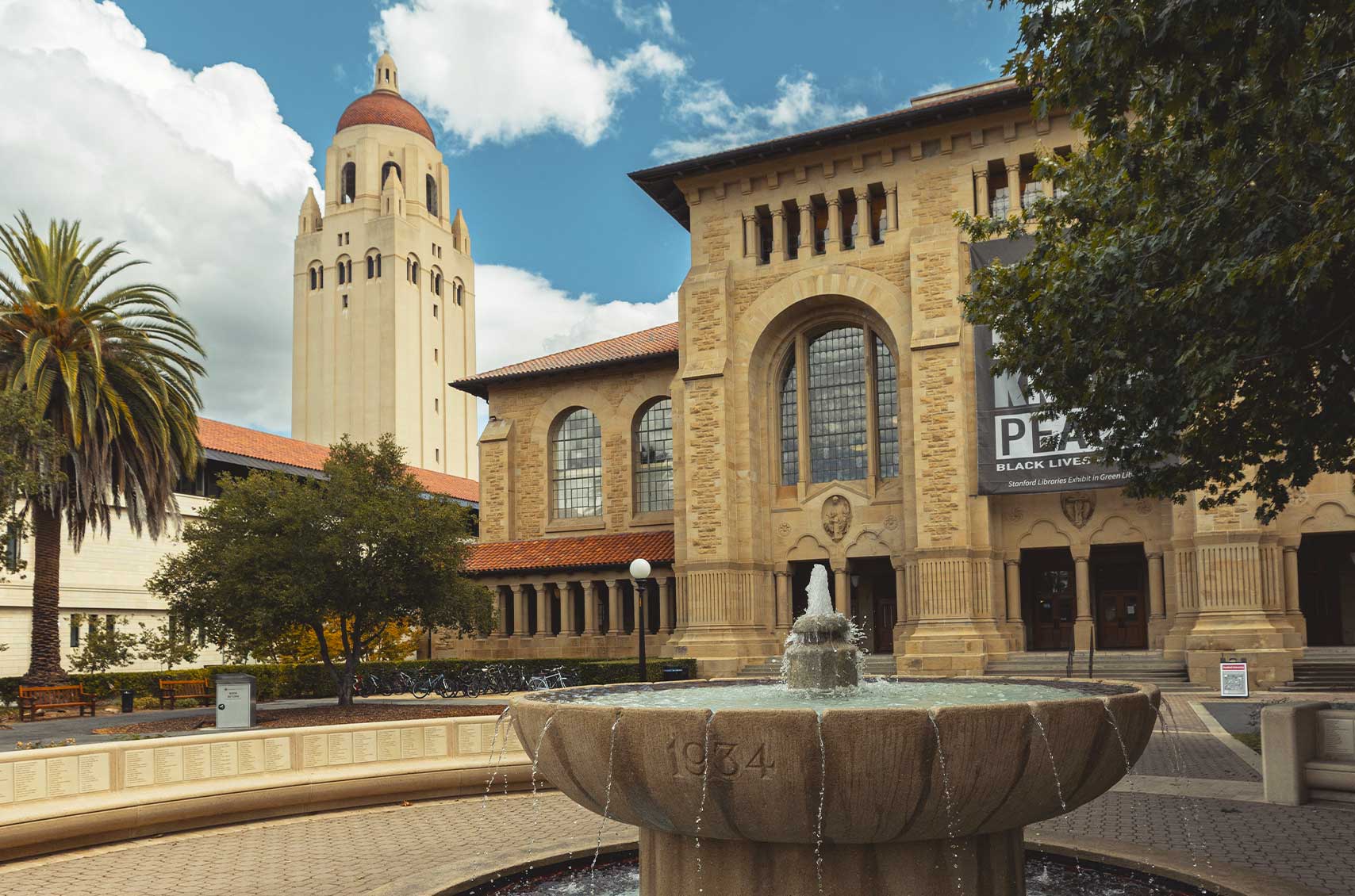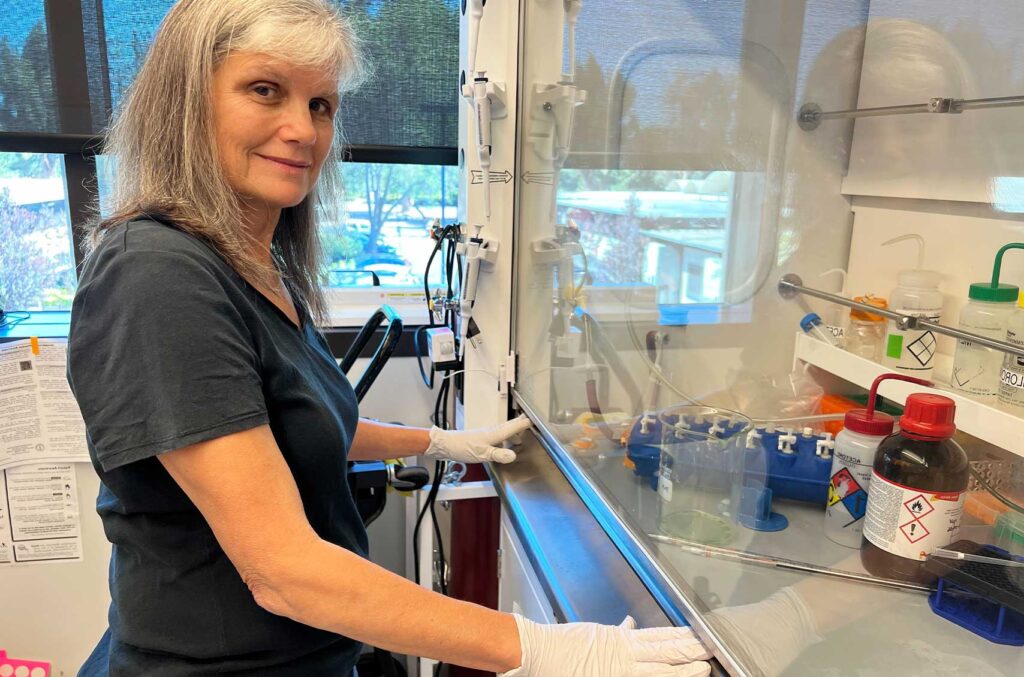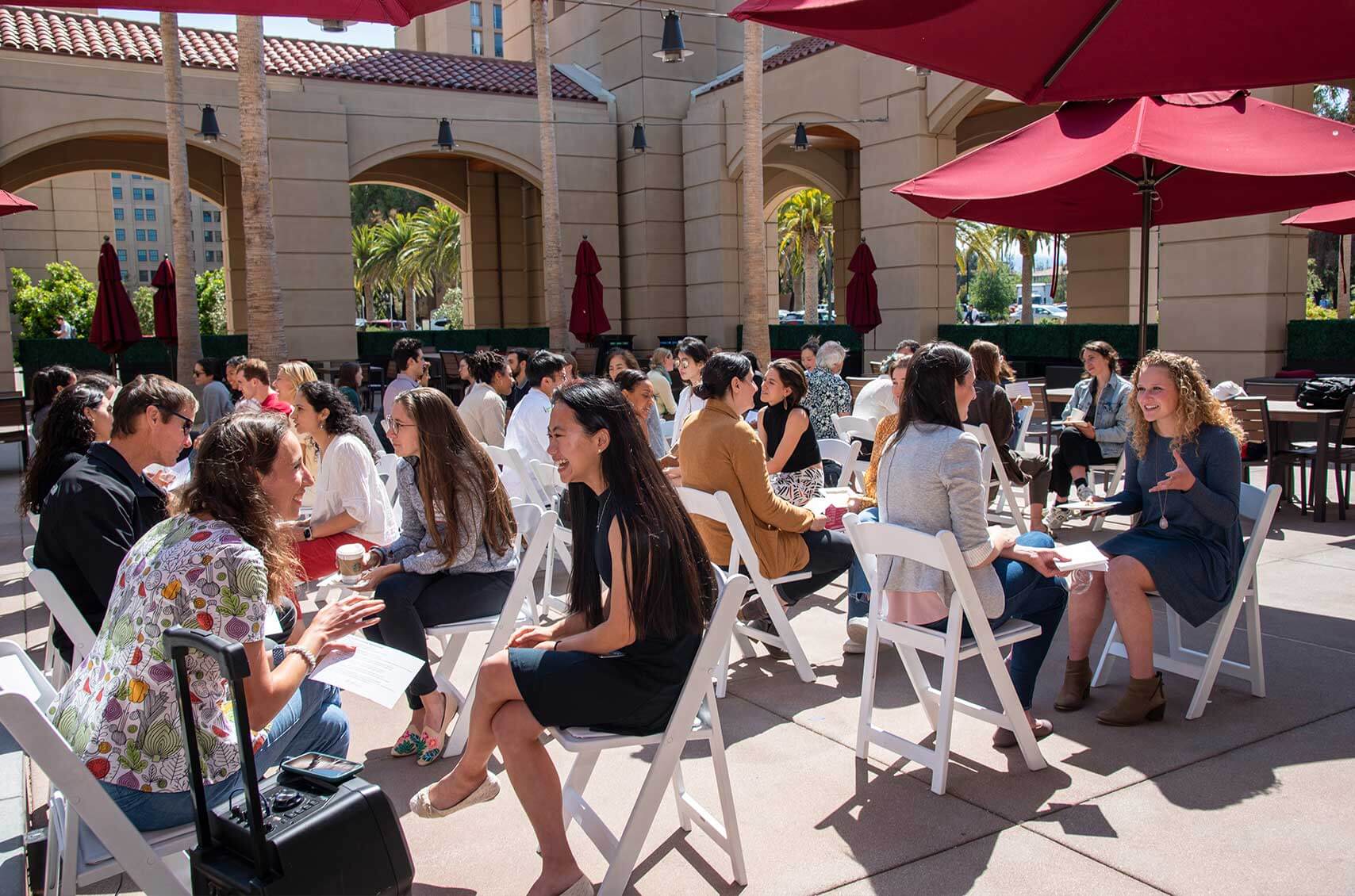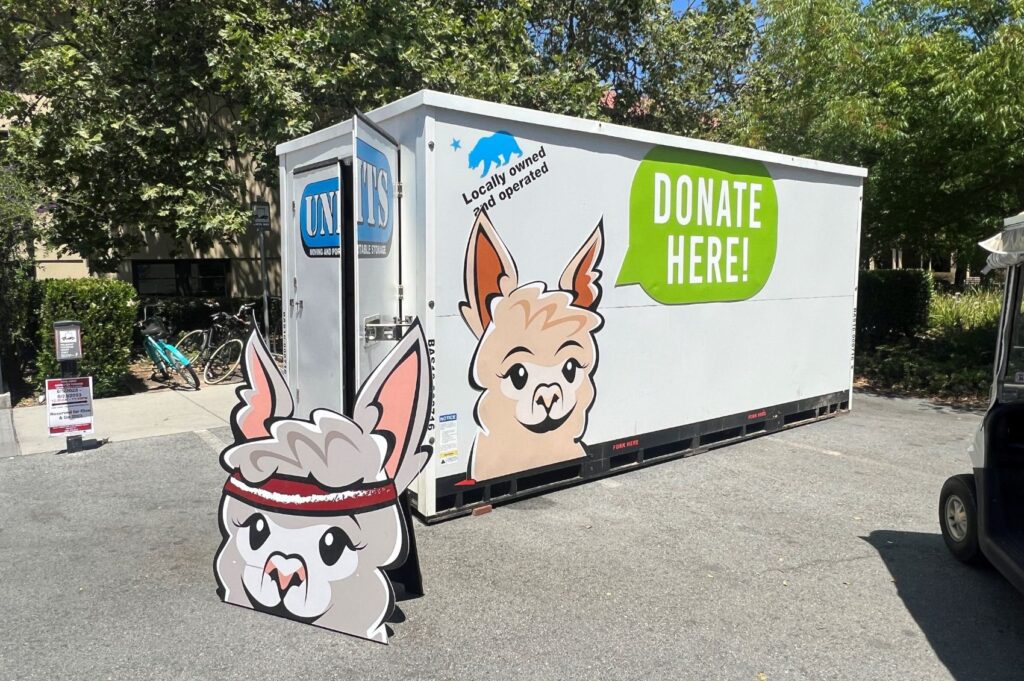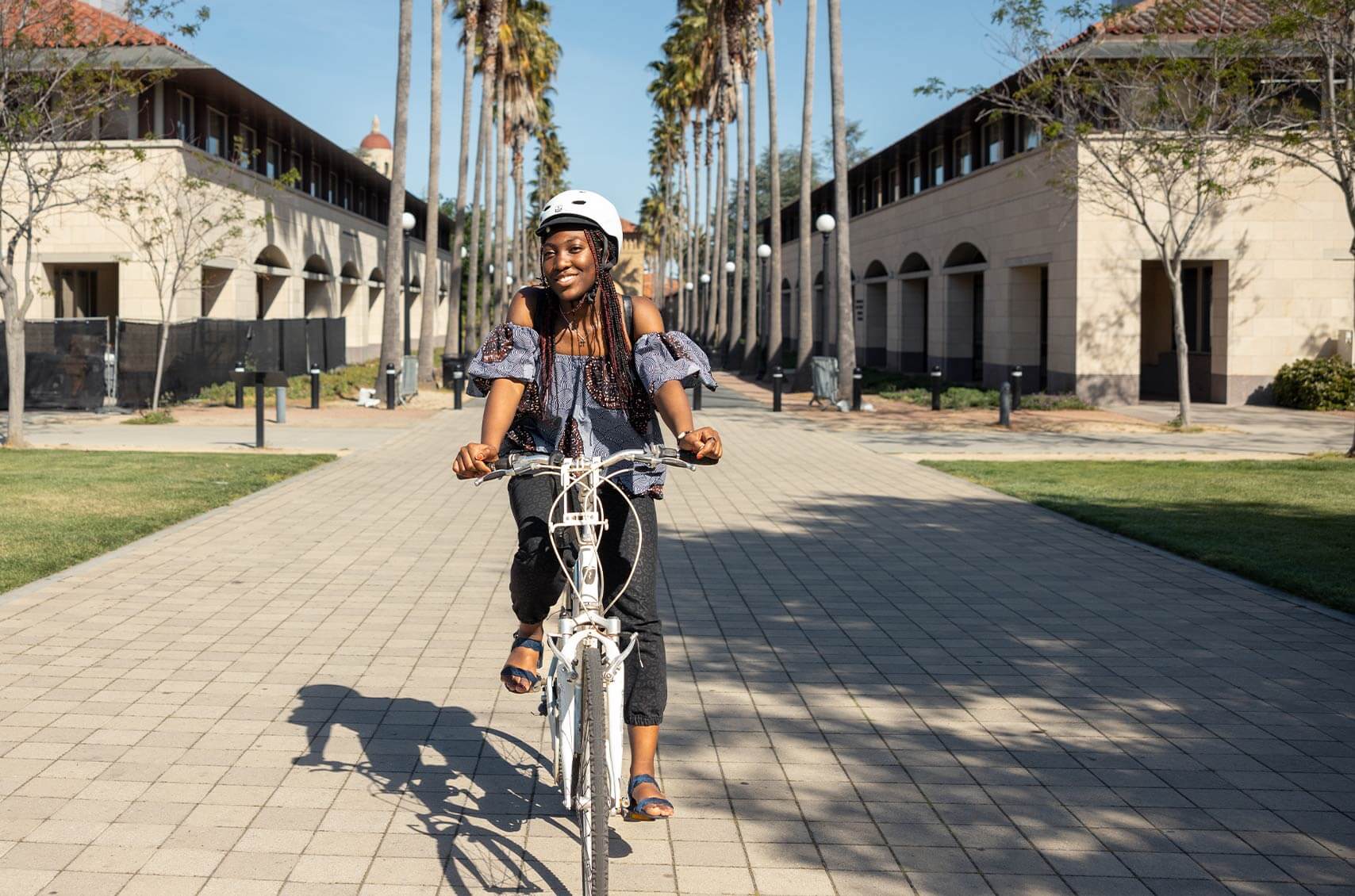Stanford University, along with other higher education institutions, play a vital role in addressing climate challenges – attracting government, corporations, and individuals to collaborate and develop scalable, global solutions together. This past year has seen great transitions in laying a strong foundation for upcoming opportunities for advancing coordinated campus sustainability efforts to reach beyond Stanford boundaries.
As the steward of sustainability efforts, otherwise known as Sustainable Stanford, the Office of Sustainability continues to oversee progress toward the three sustainability targets laid out in the Long-Range Vision. The university completed its first full year of 100 percent renewable electricity from when its second solar plant went online in 2022. Stanford continues to explore new innovations to improve the reliability of our system and to further reduce Scope 1 and 2 emissions to 80% below peak levels by 2025. Furthermore, to improve infrastructure resiliency and limit disruption to teaching and research during heat waves from the past summers, the university nearly doubled its energy system cooling capacity.
Due to more extreme weather events like last winter’s continuous atmospheric river conditions that filled Lake Lagunita, climate action planning is essential more now than ever. The process to update the university’s Climate Action Plan has been initiated with the identification of campus stakeholders and experts across more than 20 focus areas in the themes of mitigation, adaptation, resilience, and climate justice. We are assessing our current climate goals, quantifying baseline emissions that will always be a part of our operational footprint, and developing a comprehensive road map to emission reduction and planning for our climate future.
A key milestone for the Office of Sustainability was entering into a new waste contract with long-time partner and family-owned business, Peninsula Sanitary Service Inc. (PSSI), that provides multiple benefits and new services to achieve our Zero Waste by 2030 goal (defined as having a 90% diversion rate or higher). To make larger strides towards a zero-waste campus, we’ve increased convenience and access to all three major waste streams (recycling, compost, and landfill) to more than half of the campus and launched three task forces around events, cafes, and custodial services. Other wins regarding waste include Residential & Dining Enterprises (R&DE) completing the rollout of Cardinal Clean machines across all undergraduate housing complexes—ensuring that the free, versatile green-cleaning solution is widely accessible. Along with this, Cardinal Clean received the CRRA’s 2023 Outstanding Waste Prevention Award.
A major highlight for the Office of Sustainability this past year was the completion of a multi-year long process for an internal strategic plan. The undertaking consisted of listening sessions and a roadshow for strategic campus partners, community members, and other involved students, staff, and faculty — and arrived at 5 key focus areas: Zero Waste, Campus as a Living Lab, Storytelling, Climate Action, and Climate Resilience.

In an effort to engage even further with Stanford’s local and national community, last winter and spring, the Office of Sustainability participated with the Office of Community Engagement (OCE) in co-hosting the inaugural Climate Action Summit for San Mateo County with local community organizations and represented the institution at the White House Forum on Campus and Community-Scale Climate Change Solutions in Washington, D.C.. Stanford also hosted the Pac-12 Sustainability Conference, emphasizing athletics as the key partner and champion to transform campus sustainability because of its high visibility, massive audience, and power of influence.
As a Platinum-rated institution through the Sustainability Tracking, Assessment, & Rating System (STARS) from the Association for the Advancement of Sustainability in Higher Education (AASHE), Stanford is featured in the 2023 AASHE Sustainable Campus Index as a top performer in Diversity & Affordability (1st), Energy (4th), Food & Dining (5th), Curriculum (6th), Water (tied for 8th), and Doctoral institutions [overall] (10th). We are grateful for all the individuals and campus departments that make critical decisions to position Stanford as a role model for others.
The next level of sustainability builds upon current efforts—anchoring all of our campus systems in sustainability and resilience—and involves the creation of new pathways for fostering a stronger culture and mindset of sustainability. I hope you’ll join me in celebrating all of the incredible progress we’ve made together that is documented in this past year’s Sustainability at Stanford: Year in Review.
Kristin Parineh |
|


